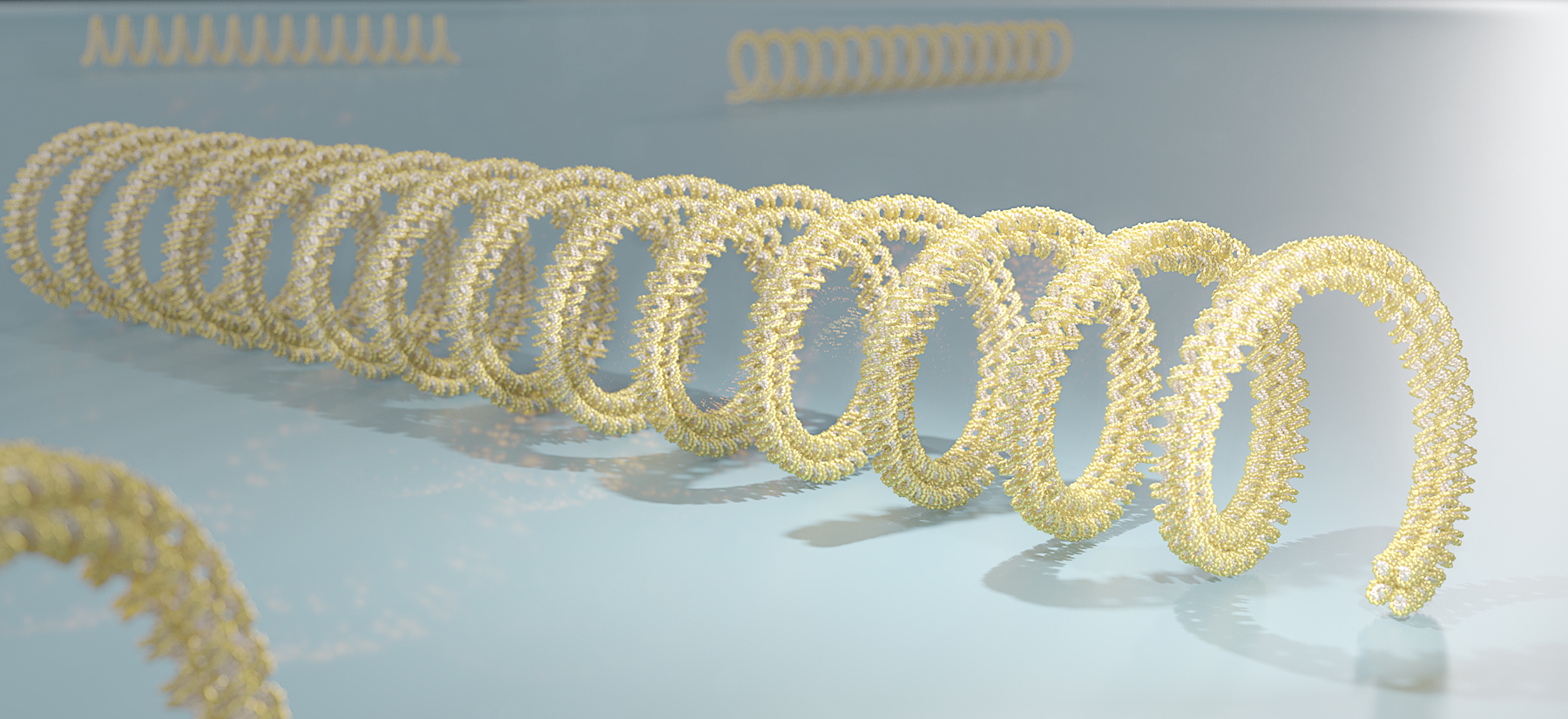Biological systems perform parallel information processing while converting electrical signals, molecular signals, and mechanical signals into each other. Among them, mechanical signals involve temporal and spatial fluctuations in the magnitude and direction of mechanical force, but there is still a lack of tools for visualizing them because they have no physical entity as a molecule. We have developed various force sensors using DNA as a material and visualized mechanical forces that work between biomolecules and cells by converting them into fluorescent signals. Biological nanomachine systems and cells use ultra-sensitive sensors (mechanosensors) that detect mechanical signals of the same magnitude as mechanical noise due to thermal fluctuations to process information and respond, but their mechanisms are still largely unknown. We are aiming to understand the mechanism and engineering application by combining our original tools with existing biophysical tools.
生物は電気シグナル、分子シグナルおよび力学シグナルを相互に変換しながら超並列的に情報処理を行っています。その中でも力学シグナルは機械的な力の大きさや向きの時間的・空間的変動を伴いますが、分子としての実体がないために可視化するツールがまだまだ足りないのが現状です。私たちはDNAを材料にして様々なフォースセンサを開発し、生体分子間や細胞に働く機械的な力を蛍光シグナルに変換することで可視化しています。生物ナノマシンシステムや細胞は、熱ゆらぎに起因する機械的ノイズと同程度の力学シグナルを検出する超高感度センサ(メカノセンサ)を用いて情報処理し応答しますが、その仕組みは不明な点も多いです。そこで、独自に開発したツールと既存の生物物理ツールを組み合わせながら力学情報処理を可視化し、メカニズムの理解と工学応用を目指しています。


